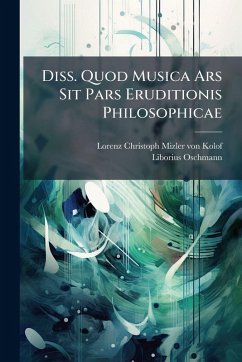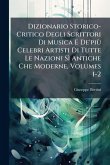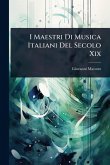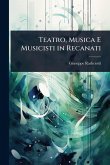Diss. Quod Musica Ars Sit Pars Eruditionis Philosophicae, a dissertation by Lorenz Christoph Mizler von Kolof and Liborius Oschmann, explores the relationship between music and philosophical learning. This work delves into the idea that music is not merely an art form but an integral component of a well-rounded philosophical education. Examining the historical and theoretical underpinnings of music's role in intellectual development, the dissertation likely argues for music's significance in cultivating reason, emotion, and moral understanding. This exploration offers valuable insights into the intellectual climate of the 18th century, shedding light on how music was perceived within the broader context of philosophical inquiry and educational practices. Scholars and enthusiasts interested in the history of music theory, philosophy, and education will find this a fascinating resource. This work has been selected by scholars as being culturally important, and is part of the knowledge base of civilization as we know it. This work was reproduced from the original artifact, and remains as true to the original work as possible. Therefore, you will see the original copyright references, library stamps (as most of these works have been housed in our most important libraries around the world), and other notations in the work. This work is in the public domain in the United States of America, and possibly other nations. Within the United States, you may freely copy and distribute this work, as no entity (individual or corporate) has a copyright on the body of the work. As a reproduction of a historical artifact, this work may contain missing or blurred pages, poor pictures, errant marks, etc. Scholars believe, and we concur, that this work is important enough to be preserved, reproduced, and made generally available to the public. We appreciate your support of the preservation process, and thank you for being an important part of keeping this knowledge alive and relevant.
Bitte wählen Sie Ihr Anliegen aus.
Rechnungen
Retourenschein anfordern
Bestellstatus
Storno






![Cenni Storici Sul R. [i.e. Reale] Conservatorio Di Musica In Milano... Cenni Storici Sul R. [i.e. Reale] Conservatorio Di Musica In Milano...](https://bilder.buecher.de/produkte/74/74428/74428602m.jpg)

